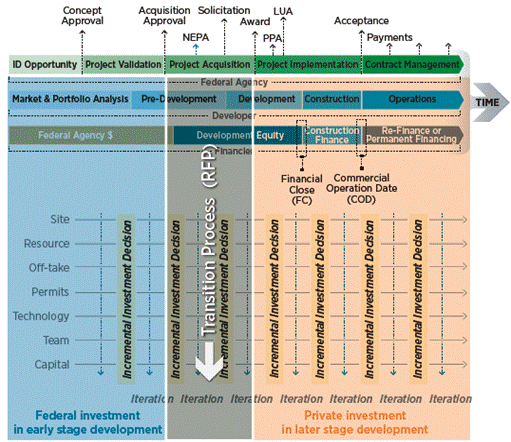The D.C. Circuit last week denied the Department of Energy’s (DOE) petition for en banc review of the court’s November decision holding that the DOE could not continue to collect nuclear waste fees from utilities. The Nuclear Energy Institute (NEI) and National Association of Regulatory Utility Commissioners (NARUC) filed suit after the DOE’s termination of the Yucca Mountain repository program in 2010. The organizations argued that the DOE could not continue to collect the fee from utilities if it did not have a waste management plan in place. Last fall, the D.C. Circuit agreed and held that the DOE could not continue to collect the nuclear waste fee of one-tenth of a cent per kilowatt-hour.
In January, Secretary Moniz sent a letter to the Senate requesting that the fee be reduced to zero, in accordance with the court’s mandate. The Secretary expressed his discontent with the court’s decision stating that “this proposal, mandated by the Court of Appeals, is not consistent with the process established in the [Nuclear Waste Policy Act] for adjusting the fee charged to utilities.” On the same day the DOE filed a petition for en banc review of the D.C. Circuit’s decision.
The D.C. Circuit denied the rehearing request on March 18. Both the NEI and NARUC issued statements declaring the move a win for consumers. NEI stressed that despite the reduction of the fee, the government has a continuing obligation to remove spent nuclear fuel to a disposal facility. Secretary Moniz’s fee reduction request is subject to a 90-day congressional review period. If Congress does not act on it within that time period, the Secretary’s proposal will become effective and the fee will be reduced to zero.
read more

 Subscribe
Subscribe

